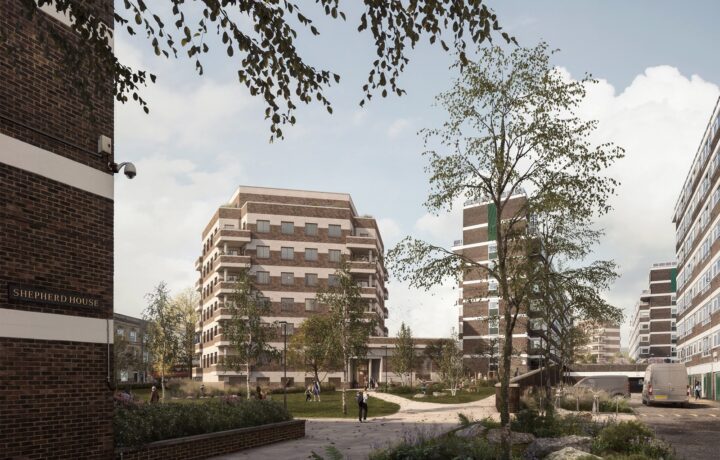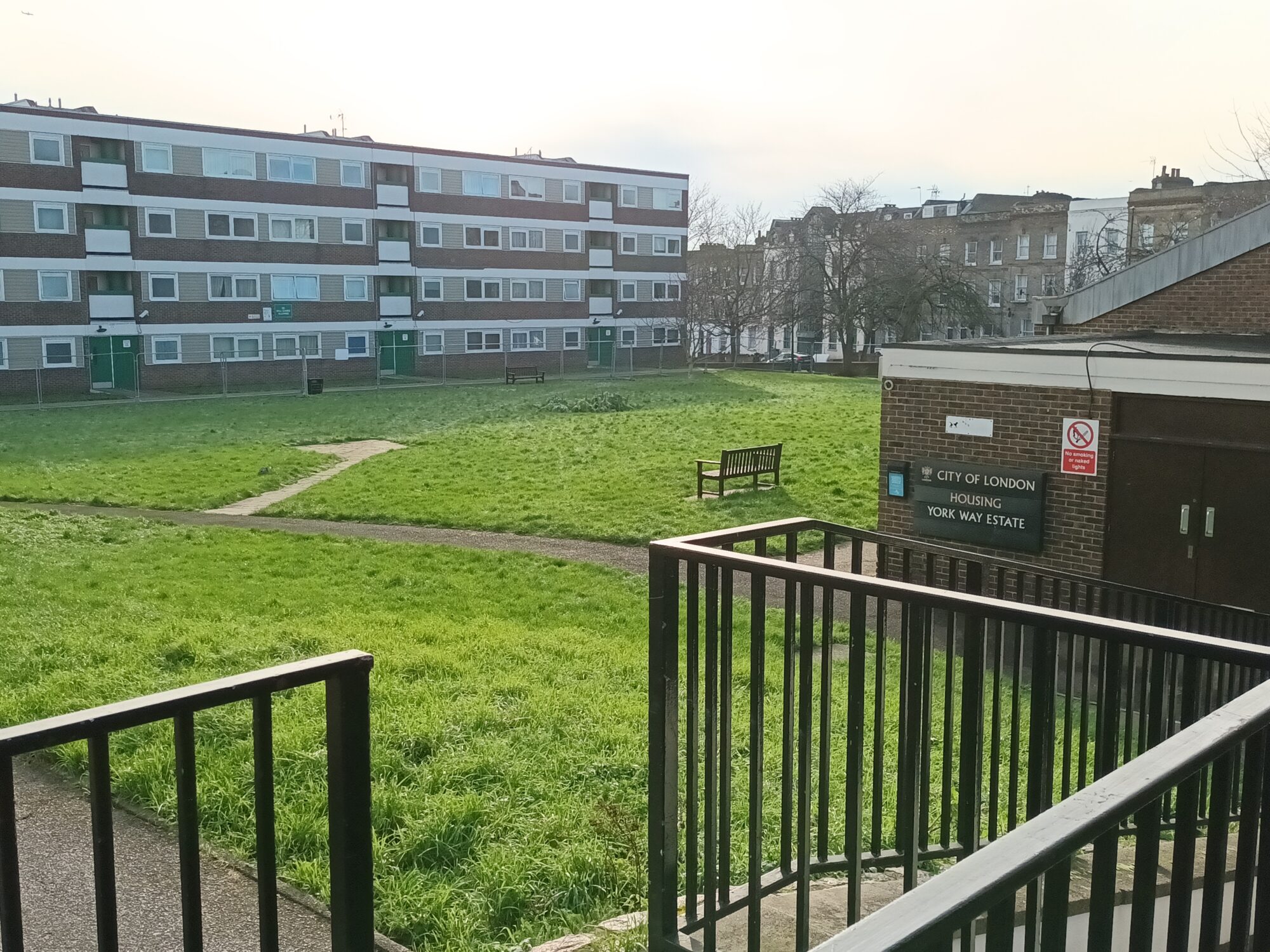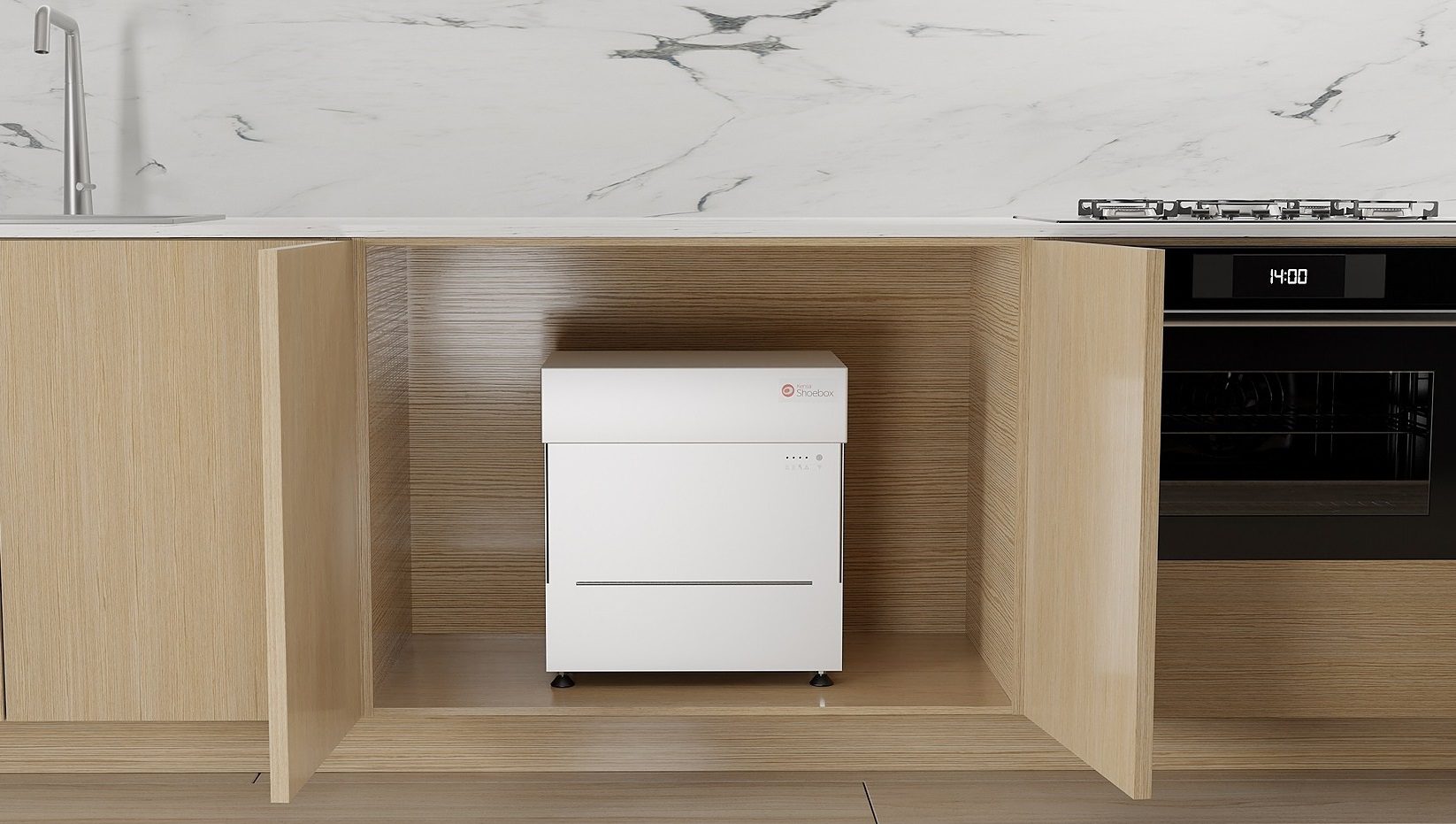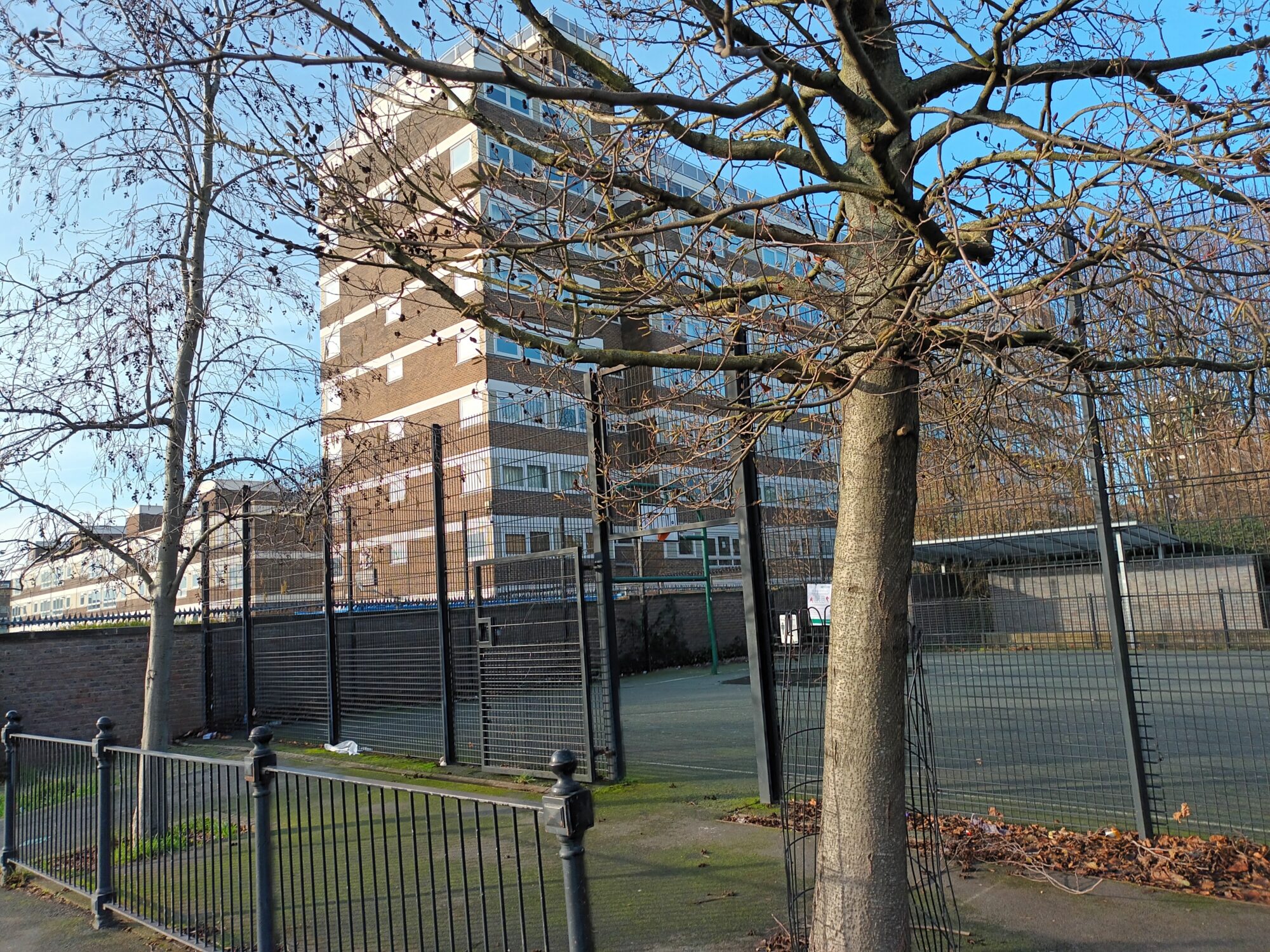Cutting costs and carbon whilst keeping cool in the capital

Networked heat pumps in a new build development at the York Way Estate
Ground source heat pumps from Kensa are cutting costs and carbon at a development of 91 high-quality social rent new homes at the City of London Corporation’s York Way Estate in the London Borough of Islington. The environmentally-friendly newbuild scheme is supporting the City Corporation’s Climate Action Strategy.
This installation in a new build development in the London Borough of Islington is a prime example of how networked ground source heat pumps in high-density urban areas can provide the most efficient, lowest carbon and lowest cost heating and cooling solution for developers, local authorities and residents.
Wayne Austin, Business Development Manager at Kensa Contracting, said:
Having low-carbon ground source heat pumps in these new build social homes will reduce running costs, avoid overheating and improve local air quality, whilst helping to tackle climate change in the capital.
The City of London aims to be net zero by 2040, and homes and workplaces in the city account for over two thirds of its greenhouse gas emissions. This new development in York Way will set a standard for greener developments and provide much needed new homes for the local community.

Environmentally-friendly and affordable new homes
The existing York Way Estate currently provides 275 occupied residences across 4 blocks of flats adjacent to Caledonian Park. The site was identified by the City Corporation as having the potential to deliver more social housing for local people.
Grant funding was obtained from the Greater London Authority for the redevelopment, and the Higgins Partnership has worked with architects Maccreanor Lavington to design new accommodation featuring Kensa’s ground source heat pumps.
The new development will provide 17 studios, 25 one-bedroom apartments, 21 two bedroom, 25 three bedroom and three four-bedroom homes. All the flats will be for government-subsidised social rent and homes will be allocated under a Local Lettings Policy giving priority to local tenants in need.
The new dwellings are being constructed as infill development surrounding the existing midrise tower blocks. The existing residents will remain in their homes throughout the duration of the project works. The development also includes a new community centre and estate management office, extensive play areas and gardens where residents can grow vegetables.
Ground source heat pumps will reduce running costs
All the flats were designed using ethically-sourced and environmentally-conscious building processes with the aim of achieving a high Home Quality Mark, reducing energy bills for residents and lessening impact on the environment.
Kensa’s ground source heat pumps will be providing passive cooling, as well as heating and hot water to the new development at the York Way Estate. This ultra-low carbon solution will help reduce emissions, improve air quality and protect residents from fuel poverty.
A mixture of 3kW and 6kW Kensa Shoebox heat pumps will be installed into the new flats. These ground source heat pumps will extract naturally occurring heat from the ground surrounding the development via clusters of vertically drilled boreholes. It uses this renewable heat to deliver heating and hot water into the homes.

Ground source heat pumps deliver 3-4kW of heat for every 1kW of electrical energy used to power the pump – and are therefore highly efficient. This helps to keep running costs for residents low.
Due to this efficiency, the future residents will be protected from price rises. For every 1p in cost increase per electricity unit, these families will only experience an increase of 0.33p, as a proportion of the energy that the heat pump uses comes from the ground.
Ground source heat pumps will keep residents cool
As well as reliable and efficient heating and hot water, the properties on the York Way Estate will also be benefiting from cooling provided by the ground source heat pumps.
New builds can overheat for a number of reasons: warmer summers, glazed exteriors and improvements in insulation standards. The Royal College of General Practitioners even warns that hotter summers and increased air pollution could be hazardous to people’s health due to overheating.
Traditional means to deliver cooling expel hot air and contribute to carbon emissions, both of which ultimately lead to increased outdoor temperatures.
By integrating Kensa’s passive cooling module to the Shoebox heat pump, the distribution system bypasses the ground source heat pump and utilises the cooler temperature of the ground (compared to internal building temperatures) to deliver cooling.
Passive cooling provides ultra-low-cost cooling in the summer, whilst re-charging the ground for more efficient heating the following winter.
Ground source heat pumps will improve local air quality
Fossil fuel burning heating systems significantly contribute to air pollution. As electrically driven appliances with no combustion, ground source heat pumps emit no point-of-use emissions or air pollution. Their installation is predicted to save around 184.83g Nitrogen Oxide (NOx) per year compared to a gas boiler.
This means they will have a positive impact on the local air quality around the York Way Estate, contributing towards improving people’s health and well-being, and reducing strain on local NHS services.
In particular, poor air quality in the UK’s cities is a major issue, with London’s Environment Strategy identifying air quality as a pressing environmental threat to the future of health in London.
Shared Ground Loop Arrays unlock multiple benefits
The ground source heat pumps at the York Way Estate will utilise a shared ground loop array architecture – pioneered by Kensa as the most cost effective and efficient way to install ground source heat pumps in high density areas and multiple occupancy properties.
The shared ground loop is linked to a communal array of 31 vertically drilled boreholes with an average depth of 145m to heat the building.
The York Way Estate is a small site with limited access for drill rigs so the location of the boreholes was carefully planned by Kensa. The site is also on top of numerous underground services (such as sewage, drainage), which had to be accommodated.
Vertical boreholes are only about 6 inches in diameter so take up very little surface space, and are visually unobtrusive. Once installed the infrastructure will last up to 100 years with very little maintenance required.
The system saves on space compared to a central plant heat network or individual air source option as the heat pumps are installed internally and there is no need for a central plant.
Construction of the project started in January 2023, with borehole drilling for the ground source heat pumps commencing in February, with all heat pump installation due to be completed by February 2024.




